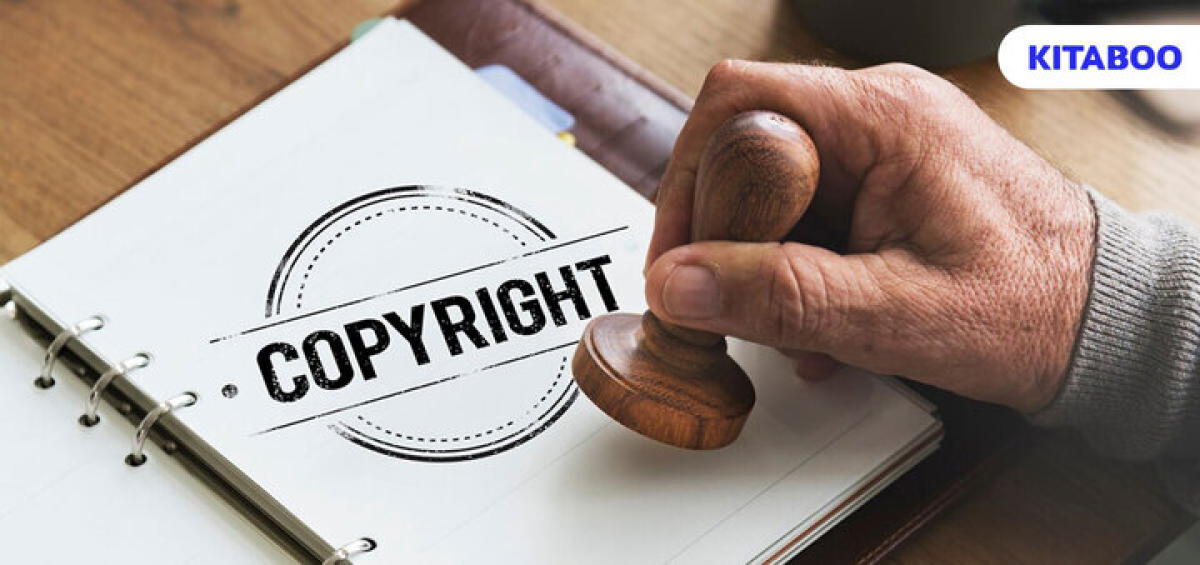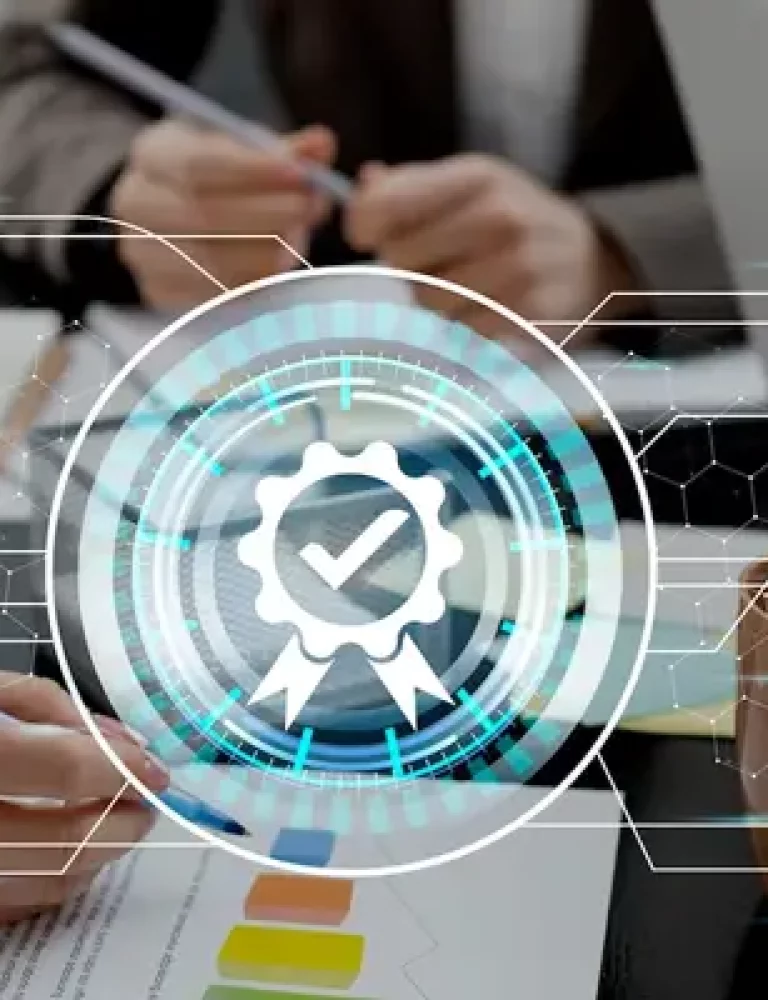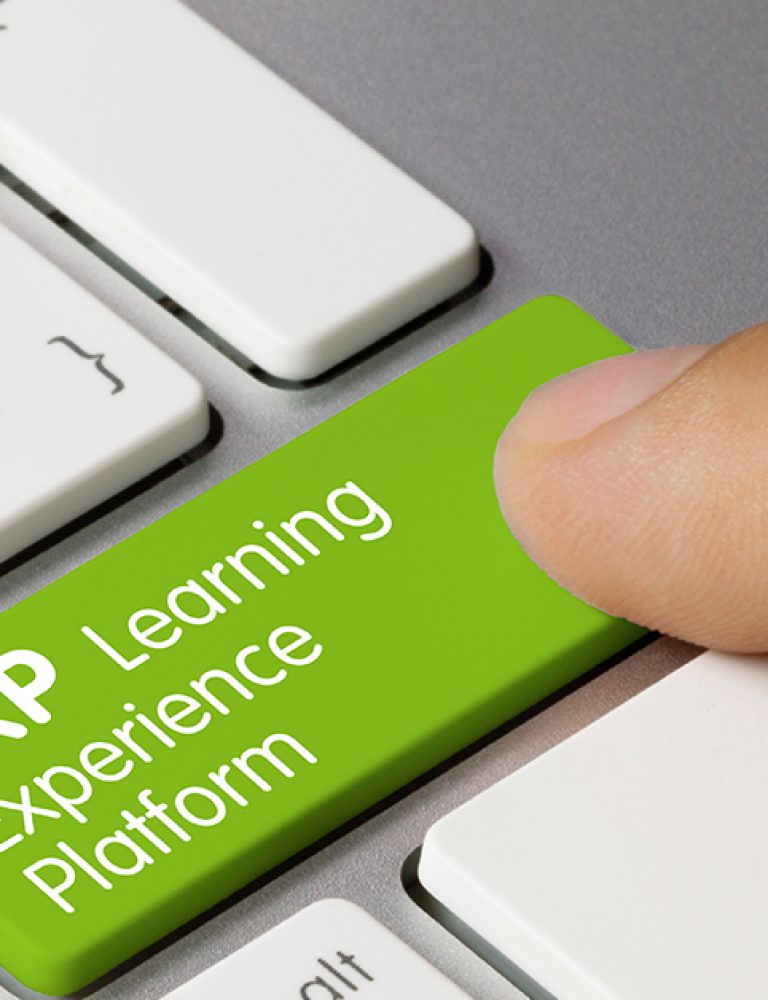The digitally interconnected world opens avenues for easy online publishing and accessing digital content, presenting numerous benefits and elevating teaching and learning efficiency. Yet amidst this convenience lies a crucial aspect often overlooked: copyright.
Within the domain of digital content and educational publications, a managing editor is essential in guaranteeing the authenticity and appropriate utilization of copyrighted materials. For these professionals to preserve the legitimacy and legality of the content they manage, they must navigate copyright and fair use regulations.
Managing editors who are well-versed in copyright regulations can protect learning resources from misuse. In the rapidly changing field of digital education, these editors play a key role in adhering to and maintaining the morals of content production and dissemination.
One needs to copyright educational content to safeguard the original materials from uncredited use, vesting the author’s exclusive authority over the usage and distribution of their work.
Let’s further understand the importance of copyright and fair use.
Table of Contents:
II. What Does Copyright Cover in Educational Content?
III. Duration and Exceptions in Copyright for Educational Materials
IV. Risks and Guidelines for Educational Use
- 4 Fair Use Criteria
- Purpose and Character of Use
- Nature of the Copyrighted Work
- Amount and Significance of the Portion Used
- Effect of Use on the Potential Market Value
VI. Intellectual Property Rights in Education
VII. The Bottom Line
Understanding Copyright
Misunderstandings about copyright are widespread, including the misconception that educational purposes grant an open license of online content like images, texts, or songs. However, the truth is far more intricate than commonly perceived.
Understanding the basics of copyright educational content, alongside related concepts like fair use, public domain, and intellectual property rights, is vital.
Copyright serves as legal protection for creators, offering inherent rights to their work without mandatory registration in many countries, including the USA. This safeguard extends to educational content, providing authors, teachers, and institutions ownership of their original materials without necessitating a copyright symbol (©) for protection.
What Does Copyright Cover in Educational Content?
In educational realms, copyright shields various tangible works, including textbooks, study guides, presentations, and online educational resources like eBooks. It secures copyrighted educational material from unauthorized reproduction, distribution, display, or adaptation without explicit permission from the copyright holder.
Moreover, it defends the tangible expression of ideas, not the concepts themselves.
Duration and Exceptions in Copyright for Educational Materials
Copyright usually endures throughout the creator’s life plus an additional 70 years, after which the work enters the public domain. Exceptions, such as fair use provisions, permit teachers and students to utilize copyrighted educational content within the classroom for instructional purposes.
However, this exception does not encompass all educational institutions and mandates compliance with fair use regulations.
Understanding Fair Use
Fair use, often considered a solution, turns out to be a grey area with intricate details.
The Classroom Use Exemption, under 17 U.S.C. §110(1), allows the use of copyrighted materials under specific conditions: for performances, in face-to-face teaching activities within nonprofit educational institutions, among others. However, this exemption may not cover teaching online or distributing materials beyond the classroom.
Different countries have their laws to copyright educational content. According to the fair use doctrine outlined in the U.S. copyright statute, it is acceptable to utilize restricted segments of a work, including quotations, for specific intents such as commentary, critique, news coverage, and academic publications.
With robust features ensuring secure distribution and controlled access to educational materials, KITABOO supports educators in abiding by fair use guidelines while integrating copyright educational content into digital learning environments.
Fair Use Criteria
While incorporating copyrighted work into educational settings is permissible under certain conditions, educators must navigate through specific criteria to ensure compliance with fair use regulations.
Outlined below are the vital considerations for managing editors to abide by fair use regulations.
Purpose and Character of Use
Commercial purposes are seldom considered fair use, whereas educational use often falls within the acceptable domain. However, not all educational uses are automatically categorized as fair use; the nature of use matters.
Nature of the Copyrighted Work
Factual works, such as government reports, tend to be more likely to receive fair use clearance compared to creative or artistic works like novels or music pieces.
Amount and Significance of the Portion Used
Fair use leans toward smaller, purposefully selected portions of a copyrighted work rather than extensive or comprehensive selections. Utilizing limited segments is more likely to align with fair use principles.
Effect of Use on the Potential Market Value
Limiting the physical distribution of copyrighted material to a non-commercial audience, such as a classroom setting, is generally more aligned with fair use guidelines. Posting the same resource online might pose different considerations regarding fair-use compliance.
Each criterion serves as a guiding principle to assess whether the use of copyrighted material aligns with fair use standards. Understanding these criteria aids educators in responsibly integrating copyrighted material into educational resources while highlighting the importance of discerning practices.
By adhering to these criteria, educators can copyright educational content by ensuring compliance with fair use principles, thereby creating an educational environment that respects copyright regulations while leveraging valuable educational resources.
In the digital world, protecting your creation becomes even more crucial. KITABOO’s safe cloud-based distribution, your content is encrypted and DRM-protected, and only specific access codes can be used to access it.
What are the Risks and Guidelines for Educational Use?
While fair use applies to instructional activities, indiscriminate copying and non-instructional display of copyrighted content pose legal risks.
Photocopying entire articles or using creative works like books and movies for non-educational purposes might infringe copyright regulations. Educational institutions must exercise caution to ensure compliance with copyright laws while utilizing copyrighted materials for academic purposes.
Educators may harness textbook creation platforms such as KITABOO to safeguard the integrity of their work and adhere to a legally compliant approach to publishing and distributing educational materials.
Intellectual Property Rights in Education
Intellectual Property Rights (IPR) are legal safeguards shielding mental creations like inventions, artistic works, and symbols used in commerce. In education, these rights cover patents for inventive teaching tech, copyright educational content (e.g., textbooks), and trademarks for educational institution identities.
While IPR promotes innovation in education, it can inadvertently restrict access to crucial knowledge and educational resources.
Patents shield groundbreaking teaching tools like online platforms and virtual reality resources. Similarly, trademarks, protecting names and logos within commerce, extend to educational institutions.
Infringement transpires if one institution adopts a name or logo resembling another, causing confusion among consumers and often resulting in legal proceedings.
Use essential tools like DRM (Digital Rights Management) software to have complete control over what users do to your eBooks. It ensures secure distribution of educational content and adheres to copyright laws.
The Bottom Line
Acknowledging and comprehending the nuances of copyright educational content and fair use are crucial to safeguarding yourself and your institution from potential legal issues.
Beyond legalities, abiding by copyright laws is an ethical responsibility, setting an example for students to respect the rights of the creators and citing sources properly.
Authors and publishers, whether opting for open access or traditional copyright, must weigh choices that impact research visibility and knowledge sharing. Making informed decisions allows creators to protect their work while contributing to the evolution of intellectual property, ensuring widespread dissemination while upholding their rights and intentions.
KITABOO offers a secure cloud-based platform for authors and publishers to craft and responsibly disseminate DRM-compliant digital content effortlessly.
Write to us at KITABOO@hurix.com for more info.
Discover How An Ebook Conversion, Publishing & Distribution Platform Can Help You
Kitaboo is a cloud-based content platform to create-publish & securely distribute interactive mobile-ready ebooks.
You May Also Like
-
Student Resources: Your Pathway to Academic Achievement
Blog,Digital Publishing,eBook solution / November 16, 2023







